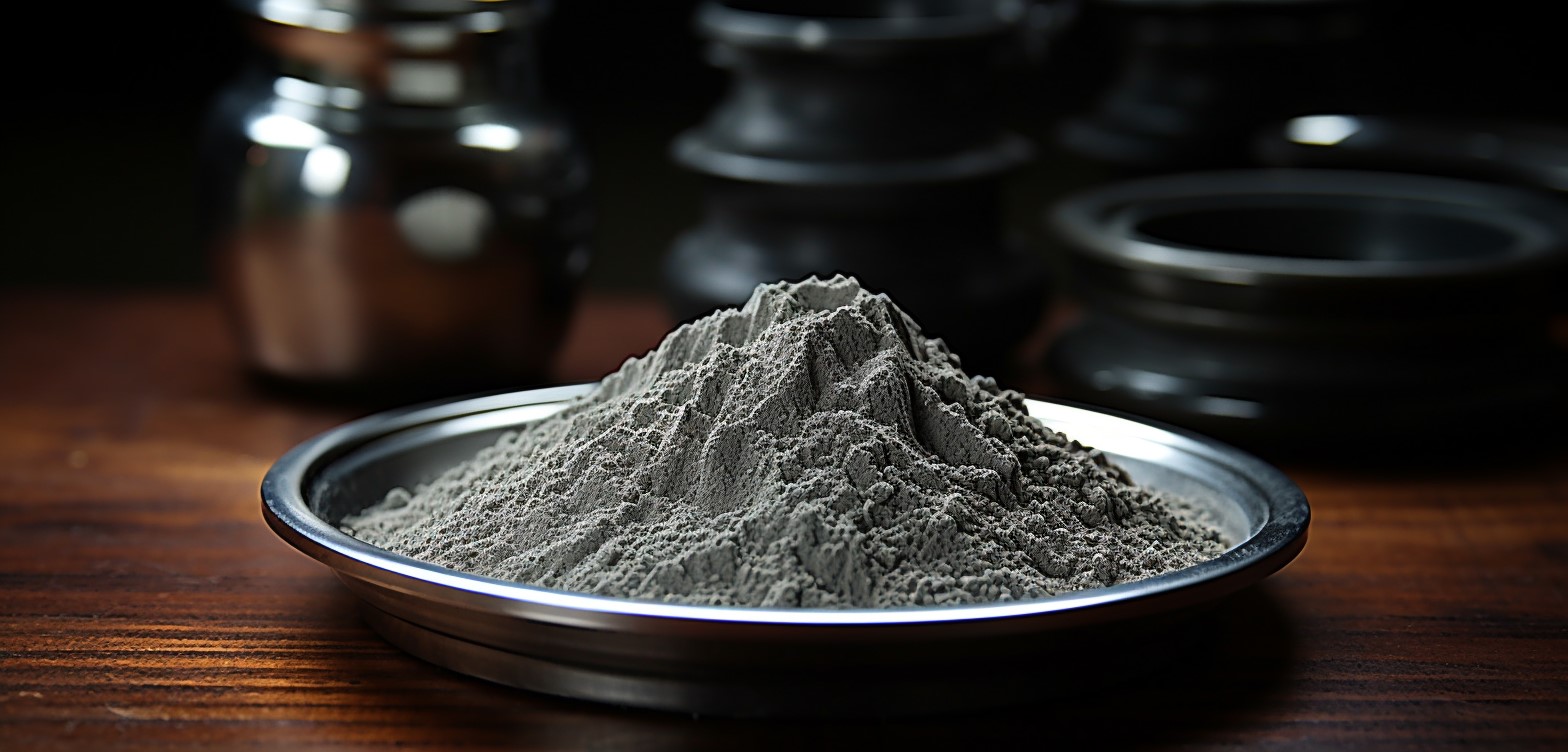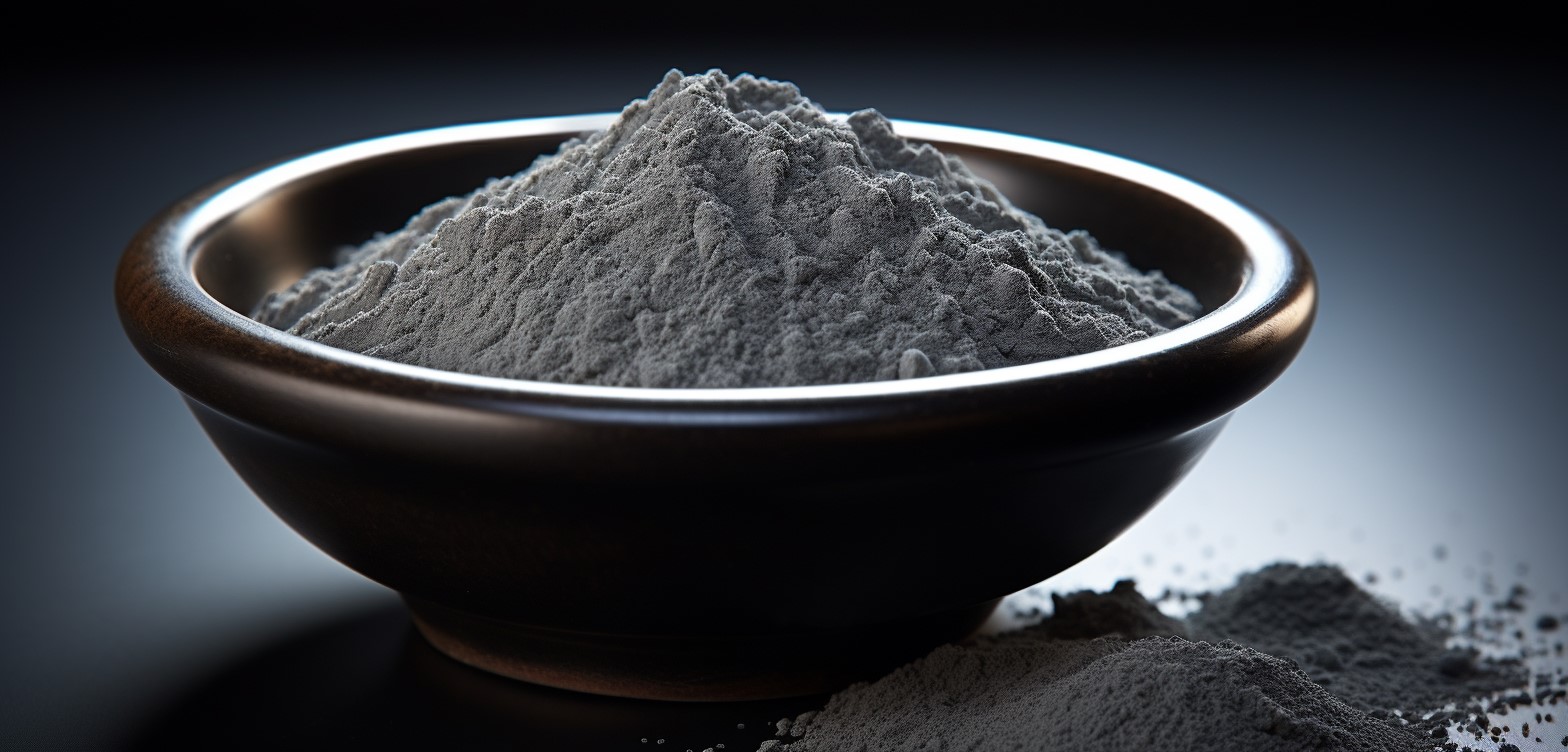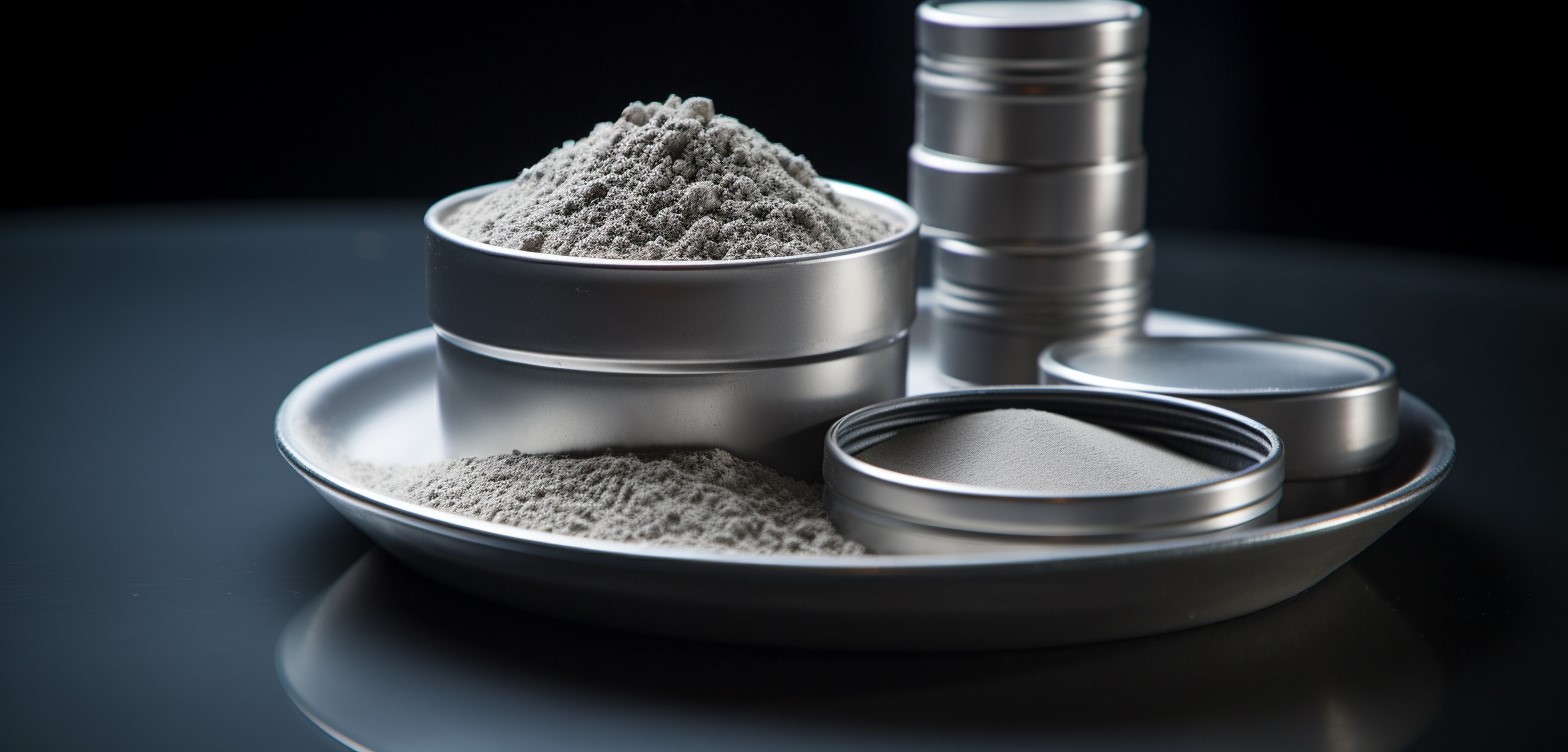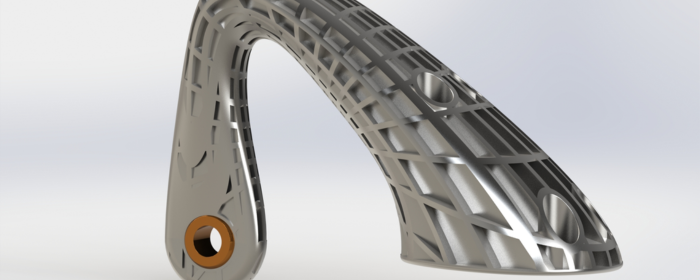

Tungsten-copper (W-Cu) alloy powder is a composite powder consisting of tungsten (W) and copper (Cu). Since tungsten and copper are highly immiscible in solid form, traditional melting and casting techniques have difficulty producing homogeneous tungsten-copper alloys. Powder metallurgy has therefore become the most significant method to produce high-performance tungsten-copper composite materials.
The production process begins with the mixing of high-purity tungsten and copper powder to produce a homogeneous slurry. The slurry undergoes treatment using spray-drying technology to create micrometer-sized W-Cu composite powder with particle size and morphology control. The powder produced is ultimately treated using heat treatment to achieve densification sintering, resulting in finished powder with ideal sphericity and particle size distribution.
Stanford Advanced Materials (SAM) employs advanced preparation techniques to provide customers with high-purity (>99.6%) micro tungsten-copper alloy powder.
The tungsten-copper alloy powder combines tungsten's high melting point (3422°C), high hardness, and low thermal expansion coefficient with the good electrical and thermal conductivity of copper, making it a fundamental material in many high-tech fields.
In electrical switches, relays, and circuit breakers, the behavior of contact materials directly affects device life and reliability. Although traditional gold and silver contacts provide improved conductivity, their high cost limits their wide use. Tungsten-copper alloy powder, when sintered or hot-pressed into contacts, provides low and stable contact resistance, excellent arc erosion resistance, and high voltage endurance, making it an ideal alternative to precious metals.
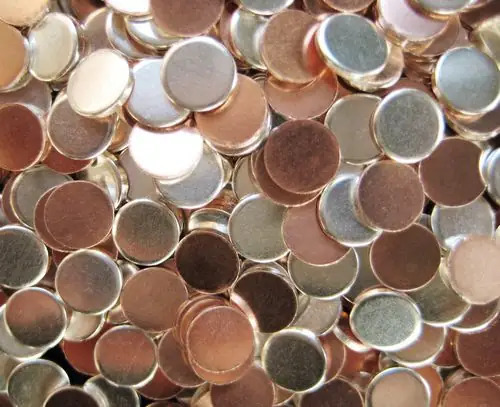
Fig 1. Electrical Contacts
In vacuum switch applications, the purity of tungsten-copper alloy powder and low gas content are very important. High-purity powder effectively minimizes gas release during arcing, enhancing stability in high-voltage and high-frequency applications. As power systems head toward higher voltage and current, the opportunities for tungsten-copper alloy powder in the electrical industry continue to expand.
Newer electronic devices demand more stringent thermal management and coefficient of thermal expansion (CTE) matching. Traditional copper and aluminum packaging materials possess high thermal conductivity but high CTE, which can result in thermal stress failure between chips and substrates. Tungsten-copper alloy powder offers controllable CTE by tailoring the tungsten-to-copper ratio, which makes it match semiconductor materials (e.g., silicon, GaAs) and reduces thermal fatigue damage for improved packaging reliability.
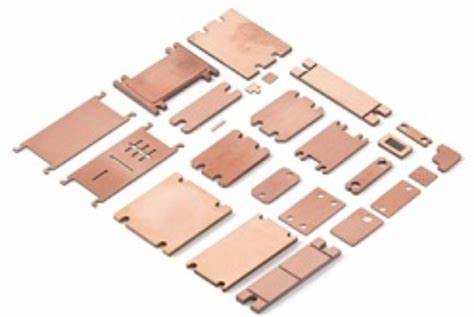
Fig 2. Electronic Packaging
Besides, the high thermal conductivity (more than 200 W/m·K) of tungsten-copper alloys makes them the most suitable heat dissipation materials for high-power electronic components, such as CPUs, LEDs, and IGBT modules. Powder metallurgy heat sinks and substrates can significantly decrease chip operating temperatures and thus enhance the performance and lifetime of devices.
In military technology, tungsten-copper alloys are key materials for advanced equipment because of their unique physical properties. For example, in solid-fuel rocket motors, they are used in thrust vector control vanes and nozzle liners, where their high temperature resistance withstands severe rocket exhaust thermal loads. In armor-piercing and shaped-charge ammunition, the high density, strength, and dynamic mechanical properties of tungsten-copper alloys significantly enhance penetration and destructive potential.
Specifically, at elevated temperatures, evaporation of copper from the alloy absorbs much heat, reducing surface temperatures—a very welcome feature for thermal protection systems. While pure tungsten's high-temperature strength limits once restricted its use, material preparation technology advances are steadily expanding the prospects of high-performance tungsten-copper alloy use in military systems.
As a substrate material for high-performance composites, research on the preparation of tungsten-copper alloy powder and applications continues to deepen. Emerging technologies such as 3D printing and nanocomposite powders provide the possibility of further optimizing the microstructure and extending applications in nuclear energy, high-temperature sensors, and ultra-high-frequency electronics. Meanwhile, green and low-cost production methods will bring about large-scale applications, driving modern technology and industry development.

